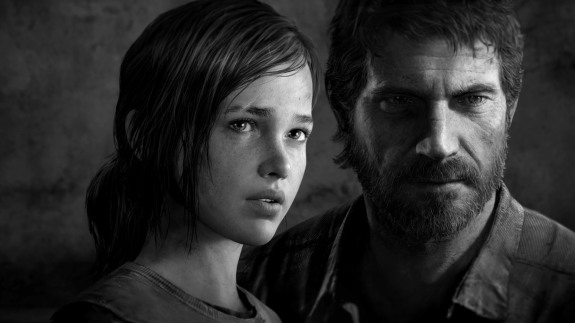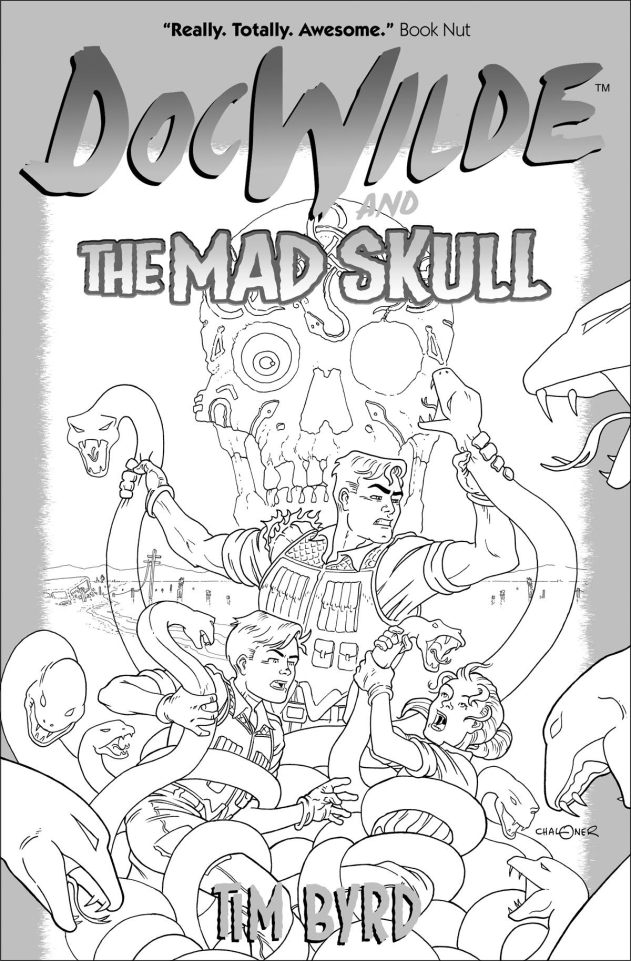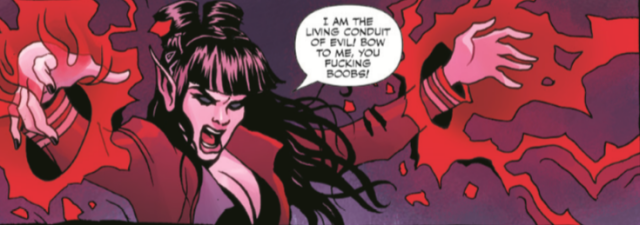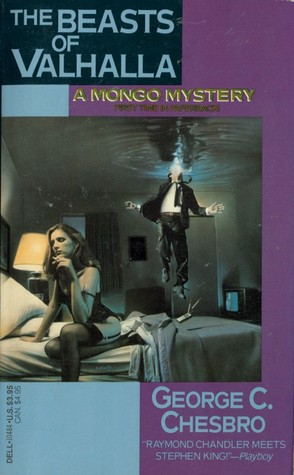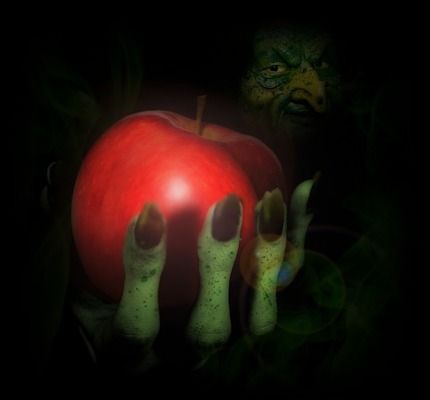 Artist Tess Fowler is a bad person.
Artist Tess Fowler is a bad person.
I’ve been sitting on this post for nearly a year because I hate having Fowler in my head and couldn’t bring myself to get around to it. I’ve posted a good bit previously about how she took money from me to do art for one of my books and then did not deliver, instead opting to gaslight me and claim that I was a misogynistic stalker who made her afraid to open her door. I’ve posted about other victims she has conned and stolen money from. And I’ve posted about the toxic relationship she created working with her collaborator on Rat Queens, a popular comic book.
Artist Tess Fowler is a bad, terrible person.
All that I’ve written about Fowler on this blog, I wrote in order to get the word out as well as I could so that others wouldn’t fall prey to her. I’ve had quite a few people contact me with their own horror stories who wouldn’t go public for various reasons. I’ve had professionals contact me and say they’ve heard bad things about her, and thank me for sharing my story. And I’ve had Fowler partisans contact me and malign and even threaten me.
Artist Tess Fowler is a bad, terrible, horrible person.
I want to forget this poisonous waste of human flesh ever existed. I want to forget the damage she did to me, and the damage she keeps doing to others. Unless I’m given a really good reason, I hope to never soil this blog with her name again after today. But I have to share this account, have to add it to the record, because it, even more than my dismal experience with her, even more than the other accounts of folks she’s fucked over, shows just how reprehensible a creature she is.
Artist Tess Fowler is a bad, terrible, horrible, pathetic person. And a thief.
The following was originally posted on Change.org as a petition. It was brought to my attention by another of Tess Fowler’s victims, and I immediately copied the full text and grabbed a screenshot because I figured it wouldn’t be up long before Fowler yelled at Change.org and they took it down. And, indeed, a few days later, it was gone.
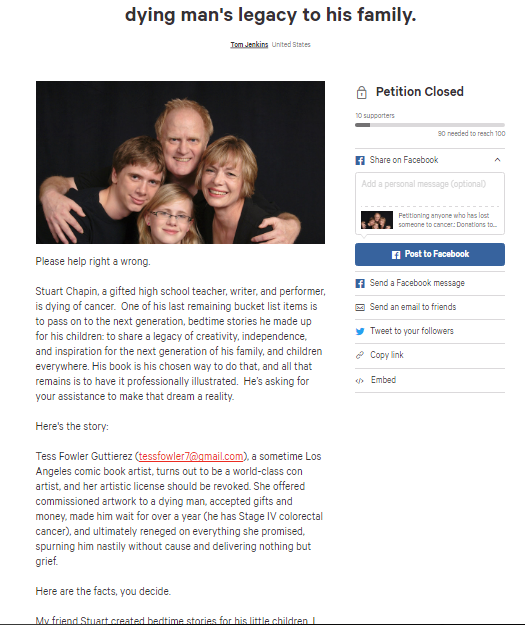
Please help right a wrong.
Stuart Chapin, a gifted high school teacher, writer, and performer, is dying of cancer. One of his last remaining bucket list items is to pass on to the next generation, bedtime stories he made up for his children: to share a legacy of creativity, independence, and inspiration for the next generation of his family, and children everywhere. His book is his chosen way to do that, and all that remains is to have it professionally illustrated. He’s asking for your assistance to make that dream a reality.
Here’s the story:
Tess Fowler Guttierez (tessfowler7@gmail.com), a sometime Los Angeles comic book artist, turns out to be a world-class con artist, and her artistic license should be revoked. She offered commissioned artwork to a dying man, accepted gifts and money, made him wait for over a year (he has Stage IV colorectal cancer), and ultimately reneged on everything she promised, spurning him nastily without cause and delivering nothing but grief.
Here are the facts, you decide.
My friend Stuart created bedtime stories for his little children. I reached out to Tess, who had done fine commissioned artwork for me previously. Tess and my friend hit it off. Moved by his story and his writing, she agreed to create the 32 desired pictures for free. That was in February 2014.
By April, her ardor for the project cooled. Her financial needs mounted. She had shared only rough sketch work, but promised that the entire book had been inked. My friend Stuart begged her to send whatever work had been completed, since he was running out of time, and that he would have it colored elsewhere. She ignored him. In November, she again shared more details about her personal and financial difficulties, never offering to help find another artist to complete the project. She simply intimated the project would be forestalled indefinitely.
Again, my friend asked for her to send her whatever work she had done. He further offered her $500, practically cleaning out his savings. After initially demurring, Tess accepted his money. Then, again, silence.
Now January 2015. My friend implored her to send the pictures. She snapped that he was rude and pushy, and that the work had not been sent because she was sick (of which he had no knowledge). He apologized. February 3 of 2015 Tess curtly e-mailed him that the pictures had in fact been sent. After waiting patiently for weeks, they never arrived, she stated that she packaged them USPS with NO tracking data, and she had not bothered to make even a single digital copy of all her year’s work on the project.
In the two and a half months since, she has never once asked if the package arrived. She clearly never sent it. In late March, she said she would return the $500 and asked for Stuart’s home address (which she apparently didn’t need on February 3 to send the art as promised). That check, needless to say, never arrived. She obviously never finished the project, and kept my friend’s money.
As I had introduced them, I felt a responsibility to see it honorably carried through. I told Tess that I was aghast she would clear out $500 from a dying man’s savings under any circumstances. Tess replied that Stuart “made her” take the money. She filed a harassment complaint with the LAPD. My dying friend simply wanted artwork for his children’s storybook. Instead, he was fleeced and spurned and accused without the slightest justification. Please help me raise the $1000 needed to secure another artist to illustrate his book soon, while he’s still alive. His book is wonderful, it’s about being different, and not fitting in, and accepting yourself for who you are. It’s an important message for kids. His is a worthwhile and selfless cause. Thank you for your consideration.
Donate to help Stuarts family remember him.
Artist Tess Fowler is a bad, terrible, horrible, pathetic person. And a thief. And, I suspect, a sociopath.
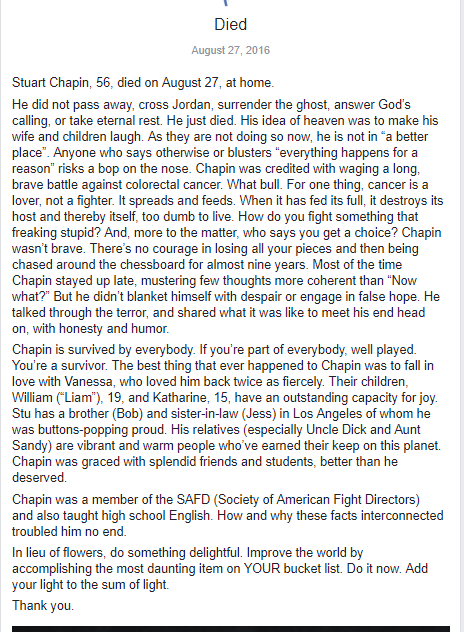
Here’s the full list of my previous posts related to what might be termed the “Tess Mess”:
TESS FOWLER: Why She Is No Longer The Artist For Doc Wilde
HIRING ARTIST TESS FOWLER: GOOD IDEA OR BAD?
TESS FOWLER: I Let The Artist Have Her Say
Please feel free to spread the word.

